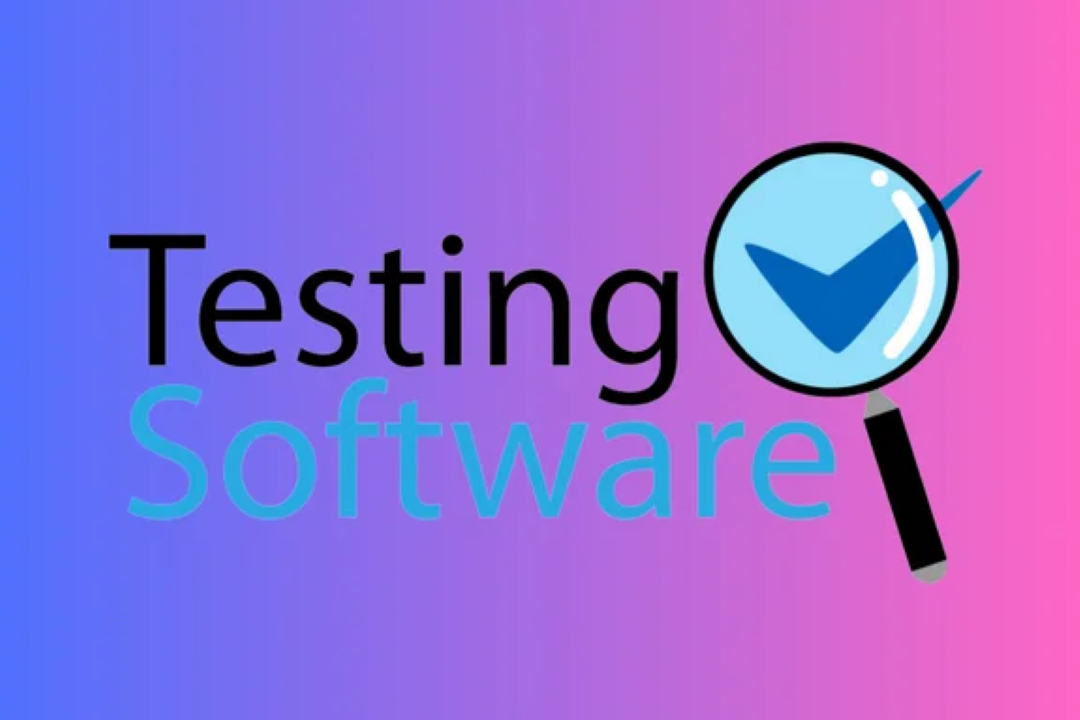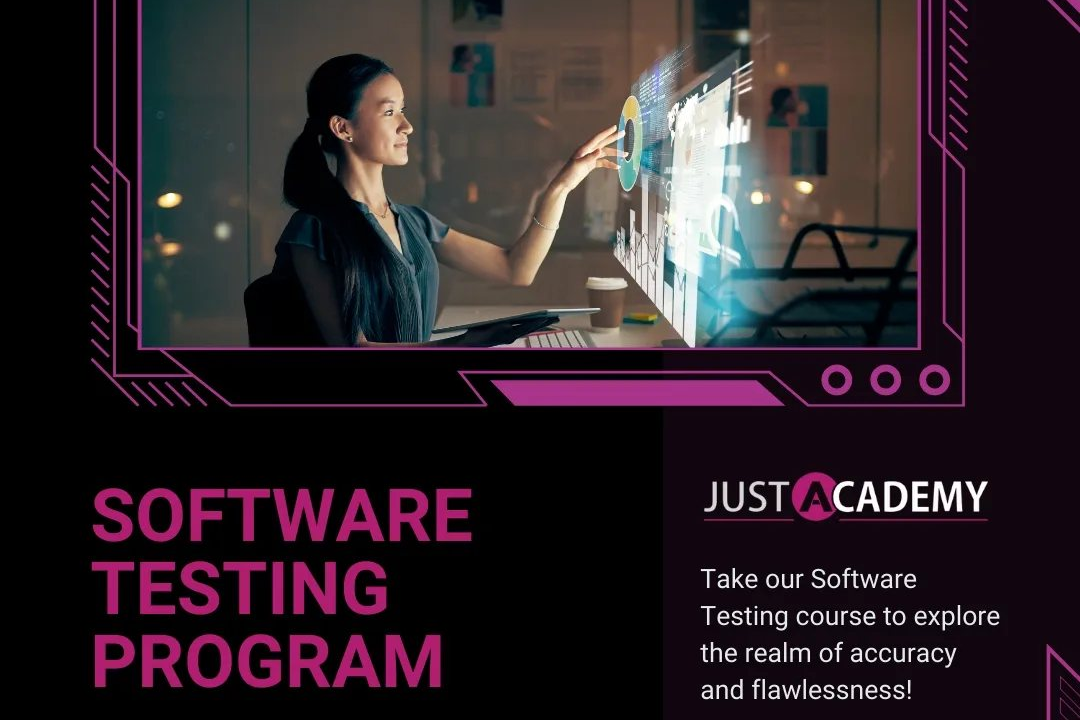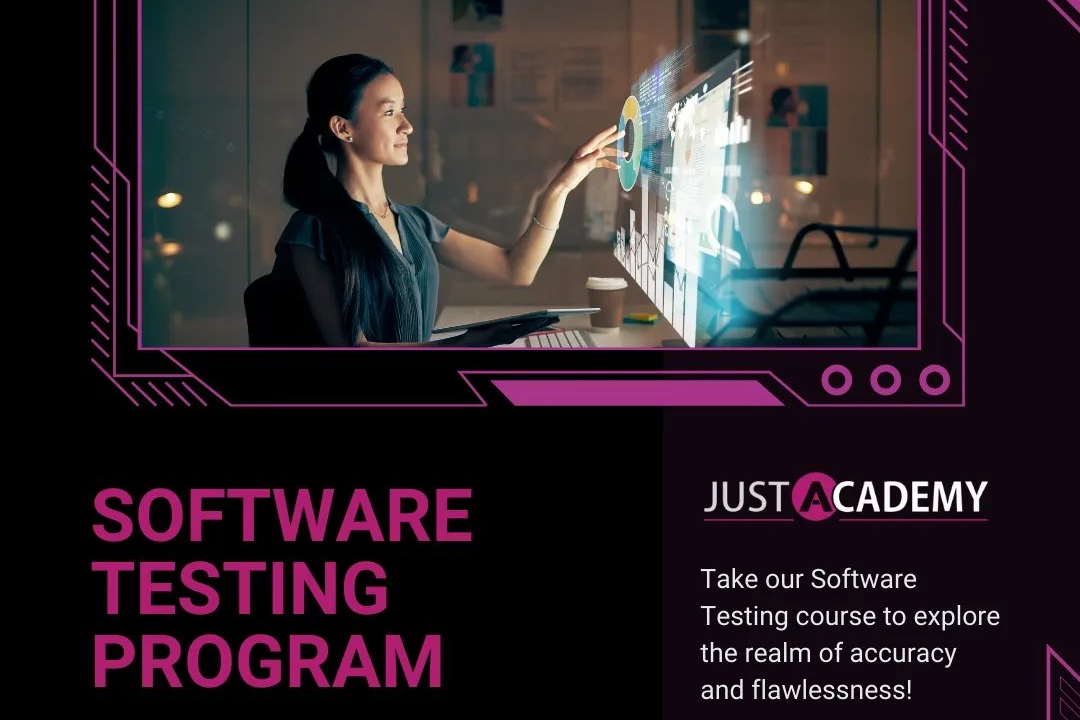Compare Flutter And React Native
Flutter and React Native are two leading frameworks for cross-platform mobile app development. Flutt
Compare Flutter And React Native
Flutter and React Native are powerful frameworks for cross-platform mobile app development, each offering unique advantages. Flutter, developed by Google, is ideal for creating highly customizable and visually appealing applications with smooth animations and a single codebase using the Dart language. It allows for rapid UI development and offers a rich set of widgets, making it easy to achieve complex designs. On the other hand, React Native, developed by Facebook, leverages JavaScript, enabling web developers to transition easily into mobile app development. Its robust ecosystem and community support allow for the quick integration of third-party libraries. Ultimately, the choice between Flutter and React Native depends on the specific needs of the project, development team expertise, and design requirements.
To Download Our Brochure: https://www.justacademy.co/download-brochure-for-free
Message us for more information: +91 9987184296
Flutter and React Native are powerful frameworks for cross platform mobile app development, each offering unique advantages. Flutter, developed by Google, is ideal for creating highly customizable and visually appealing applications with smooth animations and a single codebase using the Dart language. It allows for rapid UI development and offers a rich set of widgets, making it easy to achieve complex designs. On the other hand, React Native, developed by Facebook, leverages JavaScript, enabling web developers to transition easily into mobile app development. Its robust ecosystem and community support allow for the quick integration of third party libraries. Ultimately, the choice between Flutter and React Native depends on the specific needs of the project, development team expertise, and design requirements.
Course Overview
The “Compare Flutter and React Native” course provides an in-depth exploration of two leading frameworks for cross-platform mobile app development. Participants will learn the fundamental differences and similarities between Flutter and React Native, covering their architectures, UI capabilities, performance metrics, and the advantages they offer for various types of projects. Through real-time projects and practical demonstrations, students will gain hands-on experience in building applications with both frameworks, enabling them to make informed decisions on which technology best suits their development needs. Additionally, the course will address best practices, community resources, and the future trends in mobile app development, equipping learners with comprehensive knowledge to excel in the field.
Course Description
The “Compare Flutter and React Native” course offers a comprehensive analysis of two prominent frameworks for cross-platform mobile app development. Participants will explore the unique features, performance metrics, and design principles of Flutter and React Native, gaining insights into their strengths and limitations. Through hands-on projects, learners will develop practical skills in building applications using both frameworks, enabling them to choose the most suitable option for their development needs. By the end of the course, students will have a solid understanding of how to leverage these technologies effectively, enhancing their ability to create high-quality mobile applications.
Key Features
1 - Comprehensive Tool Coverage: Provides hands-on training with a range of industry-standard testing tools, including Selenium, JIRA, LoadRunner, and TestRail.
2) Practical Exercises: Features real-world exercises and case studies to apply tools in various testing scenarios.
3) Interactive Learning: Includes interactive sessions with industry experts for personalized feedback and guidance.
4) Detailed Tutorials: Offers extensive tutorials and documentation on tool functionalities and best practices.
5) Advanced Techniques: Covers both fundamental and advanced techniques for using testing tools effectively.
6) Data Visualization: Integrates tools for visualizing test metrics and results, enhancing data interpretation and decision-making.
7) Tool Integration: Teaches how to integrate testing tools into the software development lifecycle for streamlined workflows.
8) Project-Based Learning: Focuses on project-based learning to build practical skills and create a portfolio of completed tasks.
9) Career Support: Provides resources and support for applying learned skills to real-world job scenarios, including resume building and interview preparation.
10) Up-to-Date Content: Ensures that course materials reflect the latest industry standards and tool updates.
Benefits of taking our course
Functional Tools
1 - Visual Studio Code
Visual Studio Code is a popular and lightweight code editor that supports both Flutter and React Native development. It comes equipped with an array of features such as IntelliSense code completion, debugging tools, and a terminal integrated directly into the interface. With the help of various extensions, students can customize their workspace to enhance productivity. The built in Git integration also makes it easier for developers to manage version control and collaborate on team projects effectively. By utilizing Visual Studio Code, students learn how to streamline their development process and tackle common challenges efficiently.
2) Android Studio
Android Studio is the official integrated development environment (IDE) for Android app development, heavily utilized in Flutter applications. It provides comprehensive support for building, debugging, and testing Android applications. The robust features of Android Studio, such as the Android Emulator, make it a key tool for students learning to build mobile applications. By engaging with this IDE, students will get a real feel for Android specific design principles and performance optimization. Experiencing the full capabilities of Android Studio prepares students to create high performance applications tailored for the Android platform.
3) Xcode
For iOS development, Xcode stands as the primary tool for building applications with both Flutter and React Native. This IDE provides essential tools for testing and debugging iOS applications, including the iOS Simulator that allows for seamless testing across different devices. Familiarity with Xcode helps students understand Apple's development ecosystem, including requirements for App Store submissions. By mastering Xcode, students gain valuable insights into the nuances of iOS app lifecycle management, which enhances their overall skill set in mobile application development.
4) Expo
Expo is a framework built around React Native that simplifies the development process. It allows students to create React Native applications without needing to configure native code. With Expo, students can leverage a rich set of pre built components and libraries, which accelerates the development lifecycle. By using Expo, participants can rapidly prototype and iterate their applications, giving them the confidence to experiment with new ideas. The ability to work in a managed environment strengthens their understanding of React Native ecosystems, enabling them to focus more on building valuable features.
5) Dart DevTools
For Flutter development, Dart DevTools is an essential suite of debugging and performance tools tailored specifically for applications built with Flutter. It provides real time performance monitoring, widget inspection, and detailed logging capabilities. By using Dart DevTools, students can identify and resolve issues more effectively, ensuring their applications perform optimally. Understanding how to leverage these tools helps students hone their debugging skills, turning them into proficient Flutter developers. Mastering Dart DevTools becomes crucial for maintaining scalable applications that reflect best practices in coding and performance optimization.
6) React Developer Tools
React Developer Tools is a browser extension that allows developers to inspect React component hierarchies in real time. By using this tool, students can analyze the state and props of their components, yielding insights into performance bottlenecks and rendering issues. This visibility into the React architecture enables students to debug more effectively and optimize their applications for better performance. Learning to utilize React Developer Tools enhances students’ ability to troubleshoot and fine tune their applications, providing a competitive edge in their future development endeavors.
7) Firebase
Firebase is a powerful backend platform that provides various services such as authentication, real time databases, cloud storage, and hosting, which are essential for mobile app development. By integrating Firebase, students can easily manage user data, enable push notifications, and track app usage analytics. Gaining practical experience with Firebase equips students with the tools to develop fully functional apps that can seamlessly handle user interactions and store large amounts of data. Understanding Firebase not only enhances their technical skill set but also prepares them for real world scenarios where backend solutions are vital.
8) Postman
Postman is an invaluable tool for testing APIs, which play a crucial role in modern app development. With Postman, students can create, send, and analyze requests to ensure the APIs they integrate into their applications function as expected. Learning to use Postman empowers students to debug API issues, collaborate on API design, and document endpoints, all essential skills for backend integration. Proficiency in Postman allows them to build more robust applications while working efficiently in teams that rely on API interactions.
9) Figma
Figma is a web based design tool used for creating user interfaces and collaborating on design projects. It allows students to design prototypes for their mobile applications, providing a visual blueprint of the app's layout and user experience. By incorporating Figma into their workflow, students learn the basics of UX/UI design, which is critical for developing user friendly applications. The collaborative features of Figma also teach students valuable teamwork skills that prepare them for working in diverse development environments.
10) Git and GitHub
Git is a version control system that enables developers to track changes in code and collaborate efficiently. Coupled with GitHub, a platform for hosting Git repositories, students learn the importance of version control in managing their codebases. Understanding Git and GitHub allows students to work on group projects, maintain a history of their code changes, and resolve conflicts effectively. Mastering these tools is essential for any developer seeking to enter the industry, as they are foundational in collaborative software development practices.
11 - CircleCI or Travis CI
Continuous Integration (CI) tools like CircleCI and Travis CI automate the process of testing and deploying applications. By integrating CI tools into their development workflow, students learn how to automatically run tests, build projects, and streamline deployments, ensuring code quality and reliability. Understanding CI practices prepares students for modern software development workflows, where rapid deployment and code integrity are paramount. Familiarity with CI/CD methodologies positions them as valuable contributors in agile development environments.
12) Slack
Slack is a collaboration tool that facilitates communication among team members in software development projects. Learning to use Slack effectively helps students improve their communication skills, an essential aspect of working in teams. With various channels, direct messaging, and integration capabilities, students can manage project discussions and share updates seamlessly. Familiarity with communication tools like Slack prepares them for professional environments where remote collaboration is increasingly common.
13) Jira
Jira is a project management tool widely used in software development to track issues, tasks, and project progress. By engaging with Jira, students learn the fundamentals of agile methodologies, task prioritization, and project tracking. Understanding how to use Jira helps students organize their development process, meet deadlines, and adapt to changes efficiently. This skill set is highly advantageous for students entering the workforce, as it equips them to work effectively within teams focusing on project management and productivity.
14) Appium
Appium is an open source test automation framework for mobile applications. By using Appium, students learn to write tests for mobile applications built with Flutter and React Native. This exposure to automated testing ensures they grasp the importance of quality assurance in the software development process. Proficiency in test automation equips students to build reliable applications while minimizing bugs and performance issues, making them well prepared for roles that require knowledge of testing practices and quality control.
15) GraphQL
GraphQL is an API query language that provides a more efficient way to interact with APIs compared to traditional REST approaches. By incorporating GraphQL into their development process, students can learn to fetch and manipulate data effectively while reducing the amount of data transferred over the network. Understanding GraphQL fosters a more flexible and powerful way of designing APIs, giving students an advantage in developing data driven applications. This familiarity prepares them for modern backend practices and enhances their capabilities as full stack developers.
Browse our course links : https://www.justacademy.co/all-courses
To Join our FREE DEMO Session:
This information is sourced from JustAcademy
Contact Info:
Roshan Chaturvedi
Message us on Whatsapp: +91 9987184296
Email id: info@justacademy.co












